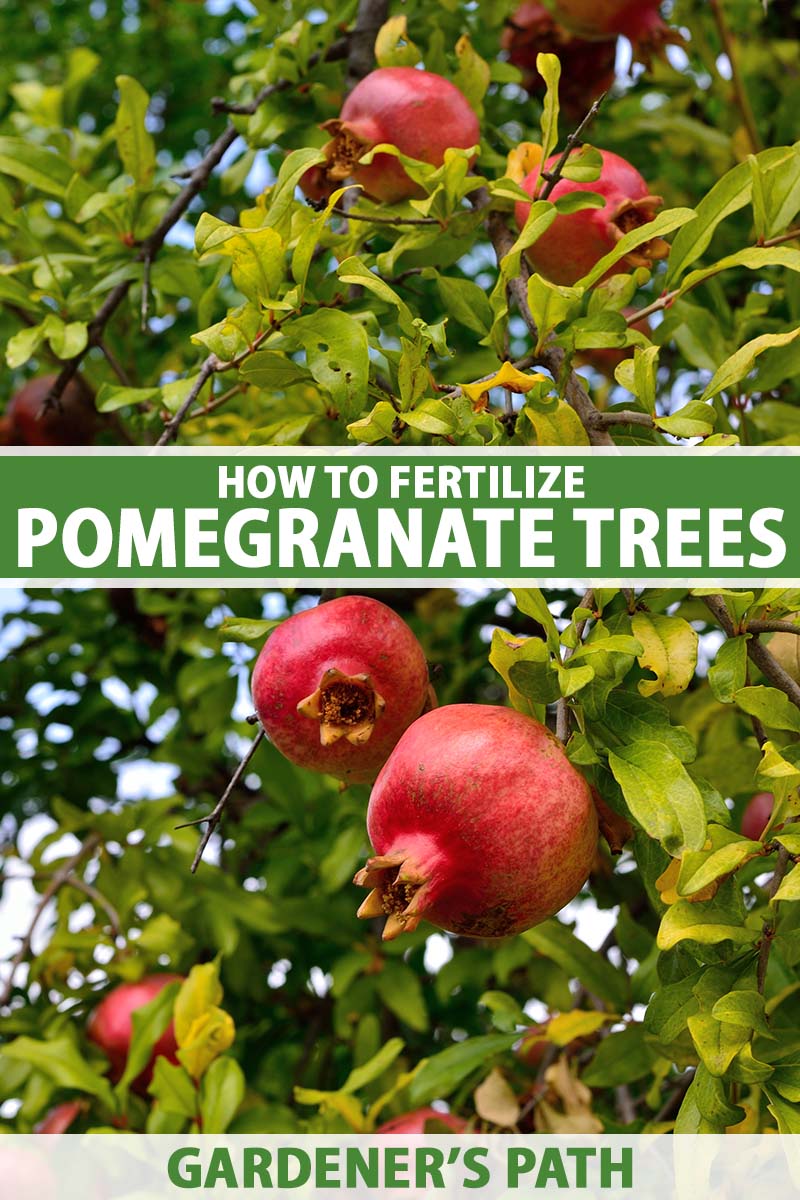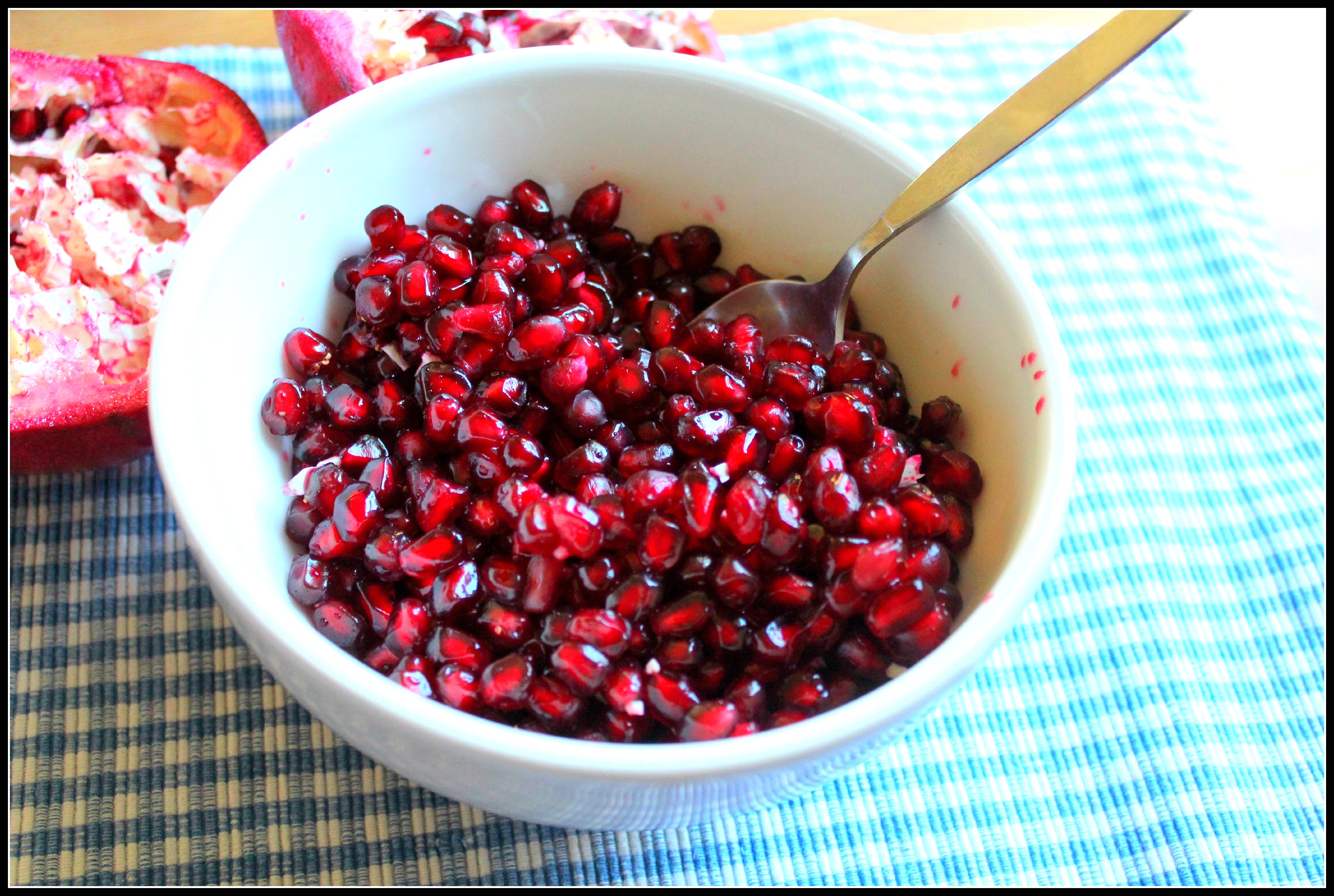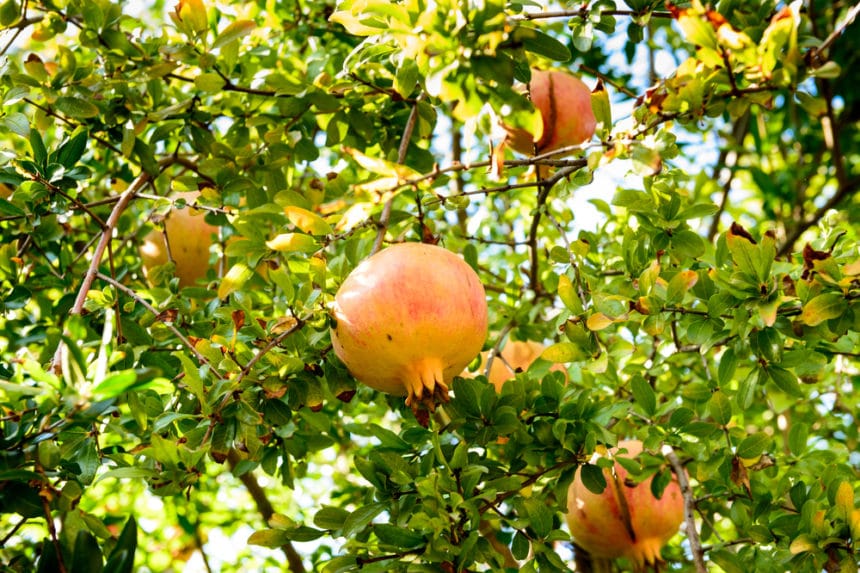Unlocking the Potential of Pomegranate Seeds
Growing a pomegranate tree from seed can be a rewarding experience, offering a cost-effective and controlled approach to cultivating this nutritious fruit. By choosing high-quality seeds from a reputable supplier, individuals can ensure a strong foundation for their tree’s development. Pomegranate seeds are relatively easy to obtain, and with the right guidance, anyone can learn how to plant pomegranate seed and nurture it into a thriving tree.
One of the primary benefits of growing pomegranate from seed is the ability to control the growing conditions, allowing for a more tailored approach to the tree’s development. This method also enables individuals to select the specific variety of pomegranate they wish to grow, whether it’s for its flavor, nutritional content, or ornamental value. Furthermore, growing from seed can be a fun and educational experience, providing an opportunity to learn about the life cycle of pomegranate trees and the importance of proper care and maintenance.
When selecting pomegranate seeds, it’s essential to choose those that are fresh, plump, and free of damage. Seeds that are old or of poor quality may have lower germination rates, which can impact the overall success of the growing process. By investing in high-quality seeds, individuals can increase their chances of success and enjoy a bountiful harvest of delicious pomegranates.
In the next section, we’ll explore the process of preparing pomegranate seeds for planting, including the removal of the aril, soaking, and stratification. By following these steps, individuals can ensure their seeds are properly prepared for germination and set their tree up for success.
Preparing the Seeds for Planting
Before sowing pomegranate seeds, it’s essential to prepare them properly to ensure optimal germination rates. The first step is to remove the aril, a fleshy, red covering that surrounds the seed. Gently peel away the aril, taking care not to damage the seed. This will help to prevent mold and fungal growth, which can hinder germination.
Next, soak the seeds in a cup of water for 24 hours. This will help to soften the seed coat and encourage germination. After soaking, remove the seeds from the water and gently scrub them with a soft-bristled brush to remove any remaining aril or debris.
Stratification is the next step in preparing pomegranate seeds for planting. This involves simulating the natural winter chill that pomegranate seeds would experience in the wild. To stratify the seeds, place them in a plastic bag or airtight container with a moist paper towel. Store the bag or container in the refrigerator at a temperature of around 40°F (4°C) for 30-60 days. This will help to break down the seed’s natural dormancy and encourage germination.
When handling pomegranate seeds, it’s crucial to be gentle to avoid damaging the delicate seed coat. Avoid touching the seeds excessively, as the oils from your skin can inhibit germination. Instead, use a pair of tweezers or a small spoon to handle the seeds, taking care not to scratch or bruise them.
By following these steps, you’ll be able to prepare your pomegranate seeds for planting and set them up for success. In the next section, we’ll explore the importance of creating a well-draining soil mix specifically designed for pomegranate trees.
Creating the Ideal Soil Mix for Pomegranate Seeds
When it comes to growing pomegranate trees from seed, the soil mix plays a crucial role in determining the success of the germination process. A well-draining soil mix specifically designed for pomegranate trees is essential to prevent waterlogged soil and root rot. To create an ideal soil mix, combine the following ingredients:
Peat moss: This acidic, organic material helps to retain moisture and provides a habitat for beneficial microorganisms. Perlite: This volcanic glass material improves drainage and aeration, preventing waterlogging and root rot. Vermiculite: This mineral material helps to retain moisture and provides essential nutrients to the seedlings.
To create the soil mix, combine 2 parts peat moss, 1 part perlite, and 1 part vermiculite. Mix the ingredients thoroughly to ensure a uniform blend. You can also add a small amount of balanced fertilizer to the mix to provide essential nutrients to the seedlings.
When selecting a potting container, choose one that is at least 6-8 inches deep to accommodate the taproot of the pomegranate seedling. Make sure the container has drainage holes to prevent waterlogging and root rot.
By creating an ideal soil mix and using a suitable potting container, you’ll be able to provide your pomegranate seeds with the best possible start in life. In the next section, we’ll explore the process of sowing the seeds and providing optimal growing conditions for germination.
Sowing the Seeds: A Step-by-Step Guide
Now that you have prepared your pomegranate seeds and created a well-draining soil mix, it’s time to sow the seeds. Follow these steps to ensure successful germination:
Step 1: Fill the potting container with the soil mix, leaving about 1-2 inches of space at the top.
Step 2: Place one pomegranate seed in the center of the container, about ¼ inch deep. Cover the seed with a thin layer of soil.
Step 3: Water the soil gently but thoroughly. Make sure the soil is moist but not waterlogged.
Step 4: Provide a consistent temperature of around 70-80°F (21-27°C) and humidity level of 50-60%. You can cover the container with a clear plastic bag or a cloche to create a mini-greenhouse effect.
Step 5: Place the container in a bright, indirectly lit area, but not in direct sunlight. Pomegranate seeds require light to germinate, but direct sunlight can cause overheating.
Step 6: Maintain the soil moisture by watering the container gently but thoroughly every 2-3 days. Avoid overwatering, which can lead to root rot and poor germination.
By following these steps, you’ll be able to provide your pomegranate seeds with the optimal conditions for germination. Keep in mind that pomegranate seeds can take anywhere from 1-3 months to germinate, so be patient and monitor the seeds regularly.
In the next section, we’ll discuss the importance of providing optimal growing conditions for pomegranate seedlings, including light, temperature, and humidity.
Providing Optimal Growing Conditions for Pomegranate Seedlings
Once your pomegranate seeds have germinated, it’s essential to provide them with optimal growing conditions to ensure healthy growth and development. Pomegranate seedlings require bright, indirect light, but direct sunlight can cause overheating and scorching.
To create a mini-greenhouse effect, you can cover the container with a clear plastic bag or a cloche. This will help to maintain a consistent temperature and humidity level, promoting healthy growth and development.
Temperature is also crucial for pomegranate seedlings. Keep the temperature between 65-75°F (18-24°C) during the day and around 55-65°F (13-18°C) at night. Avoid placing the seedlings near heating or cooling vents, fireplaces, or drafty windows.
Humidity is also essential for pomegranate seedlings. Maintain a humidity level of 50-60% by placing the container on a tray filled with water and pebbles or using a humidifier.
Watering is also critical for pomegranate seedlings. Water the soil gently but thoroughly, making sure not to overwater. Check the soil moisture by sticking your finger into the soil up to the first knuckle. If the soil feels dry, it’s time to water.
By providing optimal growing conditions, you’ll be able to promote healthy growth and development in your pomegranate seedlings. In the next section, we’ll discuss the process of transplanting pomegranate seedlings into larger containers or directly into the ground.
Transplanting Pomegranate Seedlings: Timing and Technique
Once your pomegranate seedlings have 2-3 sets of leaves, it’s time to transplant them into larger containers or directly into the ground. This process can be a bit tricky, but with the right technique, you can minimize the risk of shocking the roots.
Timing is everything when it comes to transplanting pomegranate seedlings. Wait until the weather is warm and settled, and the soil has reached a temperature of at least 60°F (15°C). Avoid transplanting during extreme weather conditions, such as intense heat, cold, or rain.
To transplant your pomegranate seedlings, follow these steps:
Step 1: Prepare the new container or planting site by filling it with a well-draining soil mix specifically designed for pomegranate trees.
Step 2: Gently remove the seedling from its container, taking care not to damage the roots.
Step 3: Inspect the roots and trim any that are circling or growing out of the container.
Step 4: Place the seedling in the new container or planting site, making sure the soil level is the same as it was in the original container.
Step 5: Water the soil gently but thoroughly, making sure not to overwater.
By following these steps, you can successfully transplant your pomegranate seedlings and give them the best chance to thrive. In the next section, we’ll discuss common challenges that may arise when growing pomegranate from seed and offer solutions and troubleshooting tips to help you overcome them.
Common Challenges and Solutions for Growing Pomegranate from Seed
While growing pomegranate from seed can be a rewarding experience, there are some common challenges that may arise. In this section, we’ll discuss some of the most common issues and offer solutions and troubleshooting tips to help you overcome them.
Low Germination Rates: One of the most common challenges when growing pomegranate from seed is low germination rates. This can be due to a variety of factors, including poor seed quality, inadequate soil temperature, or insufficient moisture.
Solution: To improve germination rates, make sure to use high-quality seeds from a reputable supplier. Also, ensure that the soil temperature is within the optimal range for pomegranate seed germination (around 70-80°F or 21-27°C). Finally, maintain consistent moisture levels and avoid overwatering.
Pests: Pomegranate trees are susceptible to a variety of pests, including aphids, whiteflies, and spider mites.
Solution: To control pests, use organic or integrated pest management (IPM) methods whenever possible. This can include introducing beneficial insects, using neem oil or insecticidal soap, or practicing good sanitation and pruning techniques.
Diseases: Pomegranate trees are also susceptible to a variety of diseases, including fungal infections, bacterial spot, and root rot.
Solution: To prevent diseases, make sure to provide optimal growing conditions, including good air circulation, adequate moisture, and proper fertilization. Also, use organic or IPM methods to control diseases, such as copper-based fungicides or bactericides.
By being aware of these common challenges and taking steps to prevent or address them, you can increase your chances of success when growing pomegranate from seed. In the next section, we’ll discuss how to care for your pomegranate tree as it matures, including pruning, fertilization, and pest management.
Nurturing Your Pomegranate Tree to Maturity
As your pomegranate tree grows and matures, it will require regular care and maintenance to ensure it reaches its full potential. Pruning is an essential part of pomegranate tree care, as it helps to promote healthy growth, encourage fruiting, and remove any dead or diseased branches.
To prune your pomegranate tree, use a pair of sharp, clean pruning shears and remove any branches that are dead, diseased, or damaged. Cut the branches at a 45-degree angle, just above a growth node, and make sure to disinfect your pruning shears between cuts to prevent the spread of disease.
Fertilization is also important for pomegranate tree care, as it provides the tree with the necessary nutrients to promote healthy growth and fruiting. Use a balanced fertilizer that is specifically formulated for fruit trees, and follow the instructions on the label for application rates and timing.
Pest management is another important aspect of pomegranate tree care, as pomegranate trees are susceptible to a variety of pests, including aphids, whiteflies, and spider mites. Use organic or integrated pest management (IPM) methods whenever possible, and make sure to monitor your tree regularly for signs of pests or diseases.
By following these tips and providing your pomegranate tree with regular care and maintenance, you can help it to reach its full potential and enjoy a bountiful harvest of delicious pomegranates.









/pomegranate-growing-tips-3269232-hero-f9849529ed6644168d8dc22232e857c2.jpg)